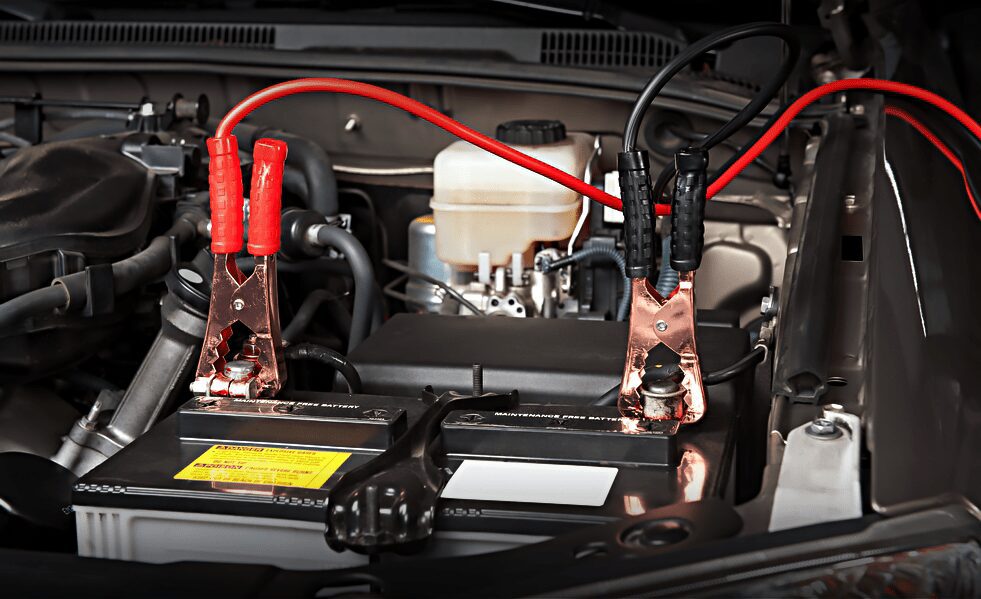
How to check a car battery
Content
- EXTERNAL INSPECTION OF THE BATTERY
- How to test a car battery with a multimeter?
- How to test a car battery with a load plug?
- How to test a car battery with a cold cranking current tester?
- Battery test with load device (discharge device)
- Checking the electrolyte level in the battery
- Checking with the engine running
- Checking with the engine off
- Questions and answers:
It is difficult to imagine the work of a modern car without a battery. If the car has a manual gearbox, its engine can be started without an autonomous power source (how this can be done already was described earlier). As for vehicles that have a kind of automatic transmission, this is almost impossible to do (in this case, only a booster - a special starting device will help).
Most modern batteries are maintenance-free. The only thing that can be done to prolong her life is to test the tension. This is necessary in order to determine in time the need for recharging and to make sure that the car alternator provides the correct voltage to the battery when the engine is running.
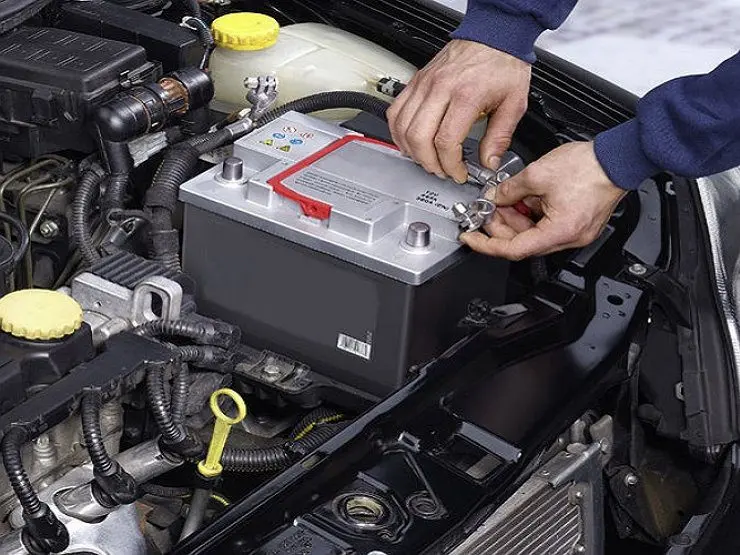
If a serviceable battery is installed in the car, then an additional check of the electrolyte level is required so that the lead plates do not fall off due to contact with air. Another procedure for such devices is to check the density of the liquid with a hydrometer (how to use the device correctly, it is described here).
There are several ways to check batteries. Further - in detail about each of them.
EXTERNAL INSPECTION OF THE BATTERY
The first and simplest battery diagnosis begins with an external examination. In many ways, problems with the charge begin due to the accumulation of dirt, dust, moisture and electrolyte leaks. A process of self-discharge of currents occurs, and oxidized terminals will add current leakage to the electronics. All in total, with an untimely charge, gradually disables the battery.
Self-discharge is detected simply: with one probe of the voltmeter, you need to touch the positive terminal, with the second probe, drive along the battery case, while these numbers will indicate the voltage with which the self-discharge occurs. You need to remove the electrolyte drip with a soda solution (1 teaspoon per 200 ml of water). When oxidizing the terminals, it is necessary to clean them with sandpaper, then apply special grease to the terminals.
The battery must be fixed, otherwise the plastic case may burst at any time, especially in winter.
How to test a car battery with a multimeter?
This device is useful not only in the case of a battery check. If the car owner often makes all sorts of measurements in the electrical circuit of a car, then a multimeter will come in handy on the farm. When choosing a new device, you should give preference to a model with a digital display than an arrow. It is visually easier to fix the required parameter.
Some motorists are content with data that comes from the car's on-board computer or is displayed on the alarm key fob. Often their data differ from real indicators. The reason for this distrust is the peculiarity of the connection to the battery.
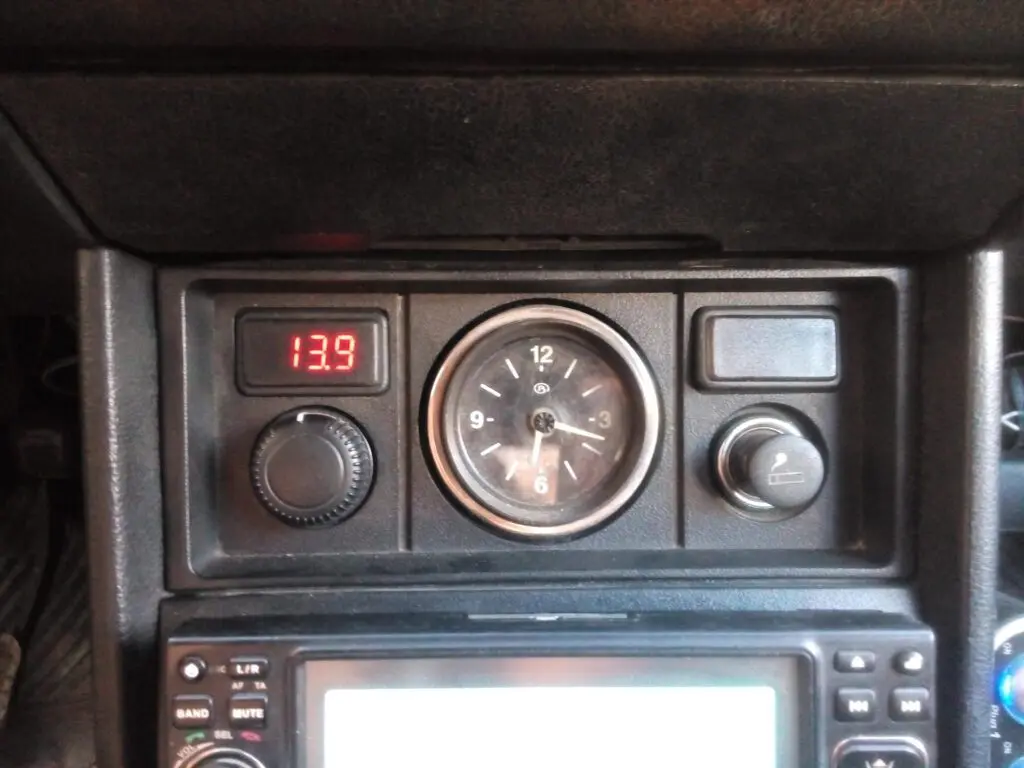
The handheld multimeter connects directly to the power source terminals. On-board devices, on the contrary, are integrated into the trunk, in which some energy losses may be observed.
The device is set to voltmeter mode. The positive probe of the device touch the "+" terminal on the battery, and the negative one, respectively, we press on the "-" terminal. Charged batteries show a voltage of 12,7V. If the indicator is lower, then the battery needs to be charged.
There are times when the multimeter gives a value above 13 volts. This means that surface voltage is present in the battery. In this case, the procedure must be repeated after a couple of hours.
A discharged battery will show a value less than 12,5 volts. If the car owner saw a figure below 12 volts on the multimeter screen, then the battery must be charged immediately to prevent sulfation.
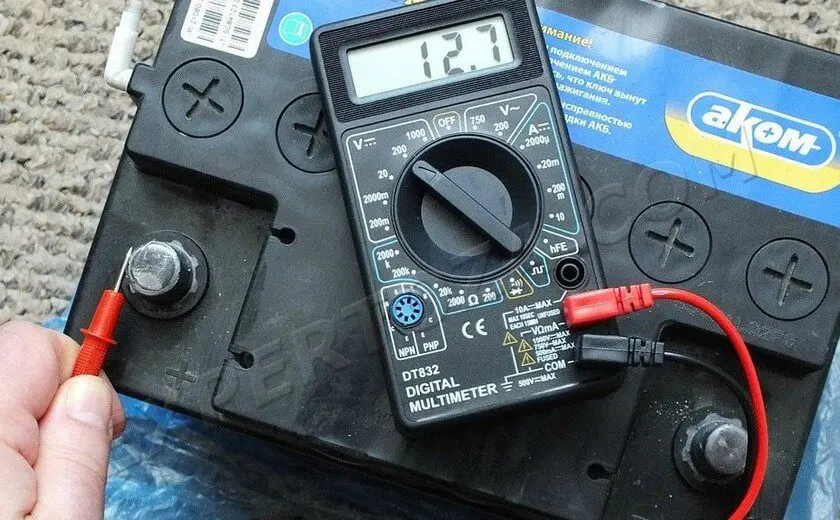
Here's how to determine the battery voltage using a multimeter:
- Full charge - more than 12,7V;
- Half charge - 12,5V;
- Discharged battery - 11,9V;
- If the voltage is below this, the battery is deeply discharged and there is a good chance that the plates are already susceptible to sulfation.
It is worth noting that this method only allows you to determine whether you need to put the battery on charge, but it provides little information about the health of the device. There are other methods for this.
How to test a car battery with a load plug?
The load plug is connected identically to the multimeter. For ease of installation, the wires of most models are painted in standard colors - black (-) and red (+). Any car's power wires are colored accordingly. This will help the driver connect the device according to the poles.
The fork works according to the following principle. When the terminals are connected, the device forms a short-term short circuit. The battery can be discharged to some extent during the test. As long as the terminals are connected, the energy received from the battery heats the device.
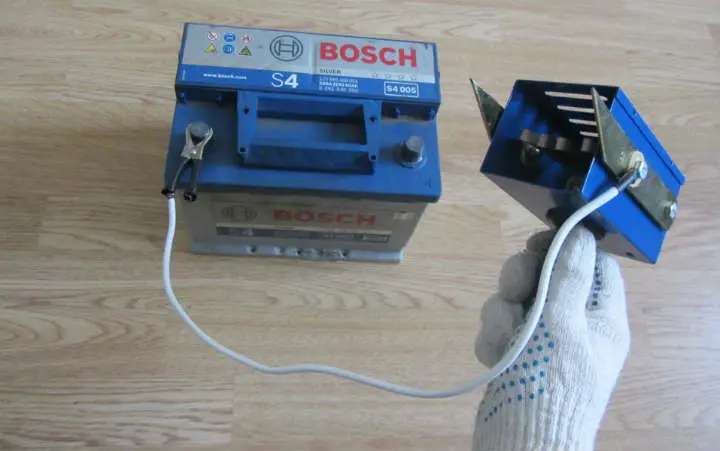
The device checks the degree of voltage sag in the power supply. The ideal battery will have a minimum. If the device showed a voltage of less than 7 volts, then it is worth raising funds for a new battery.
However, in this case, there are several nuances:
- You cannot test in the cold;
- The device can only be used on a charged battery;
- Before the procedure, you should find out if this plug is suitable for a specific battery. The problem is that the load plug is not designed for high-capacity batteries, and those models that have a low capacity discharge quickly, and therefore the device will indicate that the battery is no longer usable.
How to test a car battery with a cold cranking current tester?
The load plug, which is designed to measure the capacity of the battery, was replaced by a new development - the cold scrolling tester. In addition to measuring the capacity, the device fixes the resistance inside the battery and, based on these parameters, it is determined in what state its plates are, as well as the cold start current.
CCA is a parameter that indicates the performance of the battery in frost. It depends on whether the driver can start the car in winter.
In testers of this type, the disadvantages that multimeters and load plugs have are eliminated. Here are some of the benefits of testing with this device:
- You can measure the required battery performance even on a discharged device;
- During the procedure, the battery is not discharged;
- You can run the check several times without unpleasant consequences for the battery;
- The device does not create a short circuit;
- It detects and removes surface tension, so you don't have to wait long for it to heal itself.
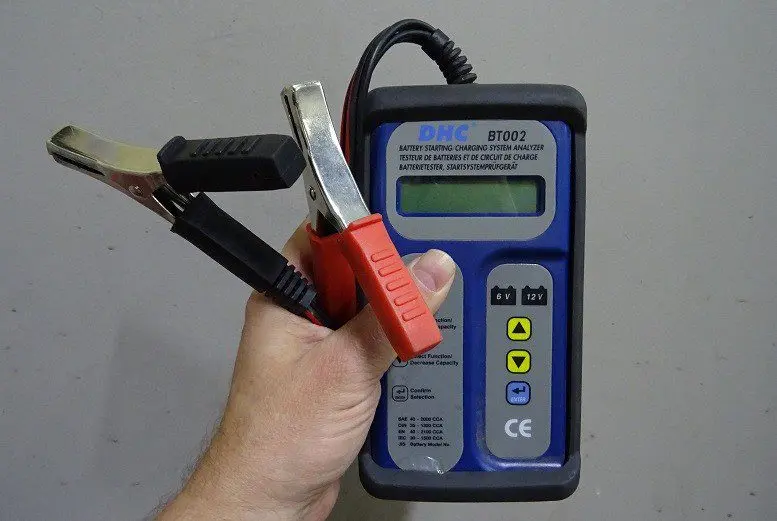
Most stores that sell batteries rarely use this device, and not because of its cost. The fact is that the load plug allows you to determine how much the battery is discharged under a sharp load, and the multimeter only needs to be recharged.
When choosing a new battery, a tester check will show the buyer whether it is worth taking a particular item or not. The cranking capacity will show if the battery is out of date or is still long. This is not profitable for most outlets, since batteries have their own shelf life, and there can be a lot of goods in warehouses.
Battery test with load device (discharge device)
This method of testing a car battery is the most resource-intensive one. The procedure will take much more money and time.

The loading device is mainly used for warranty service purposes only. It measures the residual capacity of the battery. The discharge device defines two important parameters:
- Starter properties of the power source - what is the maximum current that the battery produces for the minimum period of time (also determined by the tester);
- Battery capacity in reserve. This parameter allows you to determine how long the car can work on the battery itself if the generator is out of order;
- Allows you to check the electrical capacity.
The device discharges the battery. As a result, the specialist learns about the capacity reserve (minutes) and current strength (ampere / hour).
Checking the electrolyte level in the battery
This procedure only applies to models that can be serviced. Such models are susceptible to evaporation of the working fluid, so the car owner must periodically check its level and make up for the lack of volume.
Many motorists perform this eye test. For a more precise definition, there is a special glass hollow tube, open at both ends. There is a scale on the bottom. The electrolyte level is checked as follows.
The tube is placed in the opening of the can until it stops in the separator mesh. Close the top with a finger. We take out the tube, and the amount of liquid in it will show the real level in a particular jar.
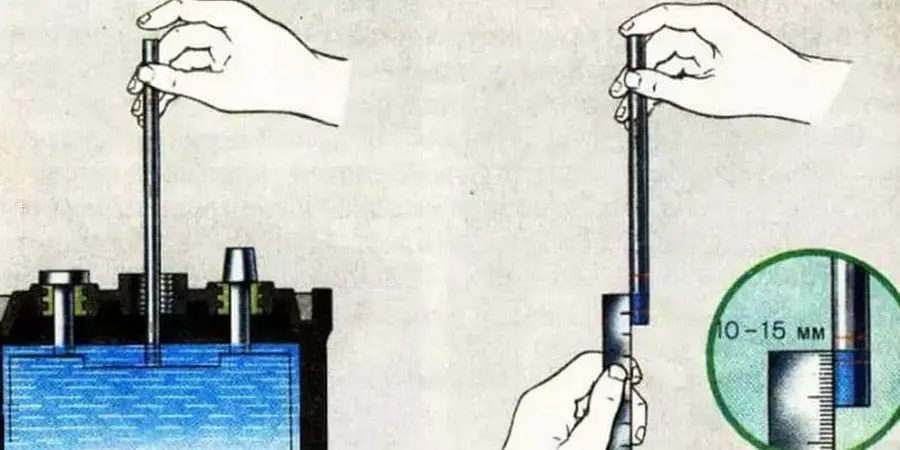
If the amount of electrolyte in the jars is less than 1-1,2 centimeters, the volume is replenished with distilled water. Sometimes you can fill in the prepared electrolyte, but only if the liquid has leaked out of the battery, and has not boiled away.
Many battery models are equipped with a special window, in which the manufacturer has provided an indication corresponding to the state of the power source:
- Green color - battery is normal;
- White color - needs recharging;
- Red color - add water and charge.
Checking with the engine running
These measurements primarily help to determine the performance of the generator, however, indirectly, some parameters can also indicate the state of the battery. So, having connected a multimeter to the terminals, we take measurements in V mode (voltmeter).
Under normal battery condition, the display will show 13,5-14V. It so happens that the motorist fixes the indicator above the norm. This could indicate that the power source is discharged and the alternator is under extreme stress while trying to charge the battery. Sometimes it happens that in winter, the vehicle's on-board network initiates an enhanced recharging, so that after the engine is turned off, the battery can start the engine.

Do not overcharge the battery. Because of this, the electrolyte will boil away more. If the voltage does not decrease, it is worth turning off the internal combustion engine and checking the voltage on the battery. It also does not hurt to check the generator voltage regulator (other malfunctions of this device are described here).
Low battery charging rates also indicate generator malfunctions. However, before you run to the store for a new battery or generator, you should make sure of the following:
- Are all energy consumers in the car turned off;
- What is the state of the battery terminals - if there is a plaque, then it should be removed with sandpaper.
Also, while the motor is running, the generator power is checked. Electricity consumers are gradually turning on. After activation of each of the devices, the charge level should drop slightly (within 0,2V). If significant energy dips occur, this means that the brushes are worn out and need to be replaced.
Checking with the engine off
The rest of the indicators are checked with the motor inactive. If the battery is very low, it will be difficult or impossible to start the car without alternative methods... The charge level rates were mentioned at the beginning of the article.
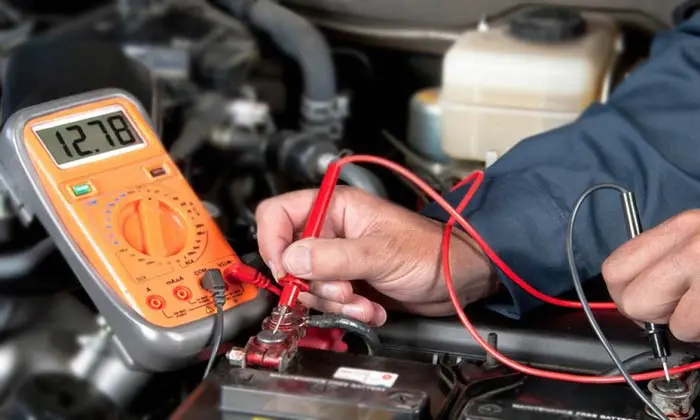
There is one subtlety that needs to be taken into account when taking measurements. If the procedure is carried out immediately after the engine has been stopped, the voltage level will be higher than after the machine has been stopped. In view of this, it should be checked in the second case. This is how the motorist will determine how efficiently energy is retained in the power source.
And finally, a small but important advice from an auto electrician regarding battery discharge while the car is parked:
Questions and answers:
How do you know if your battery is bad? The capacity of the battery can be visually checked by turning on the high beam for 20 minutes. If after this time the starter cannot be cranked, then it is time to change the battery.
How to check the battery at home? To do this, you need a multimeter in voltmeter mode (set to 20V mode). With the probes we touch the battery terminals (black minus, red plus). The norm is 12.7V.
How to test a car battery with a light bulb? A voltmeter and a 12-volt lamp are connected. With a working battery (the light should shine for 2 minutes), the light does not dim, and the voltage should be within 12.4V.
